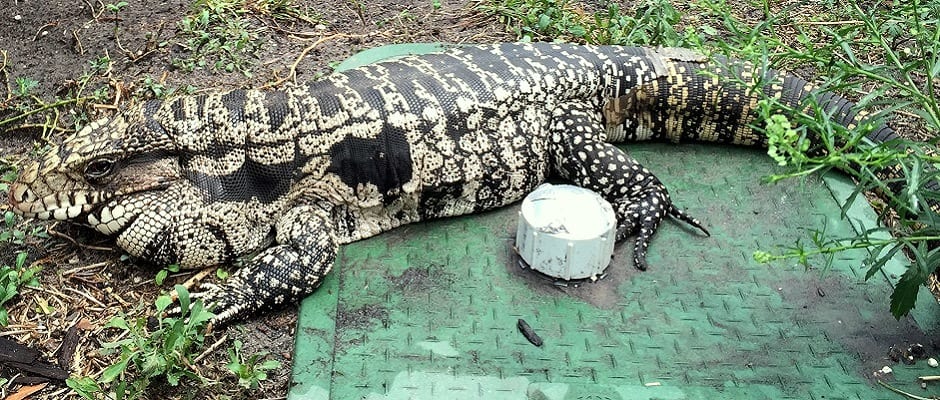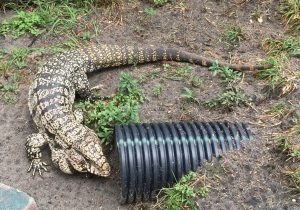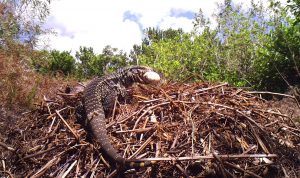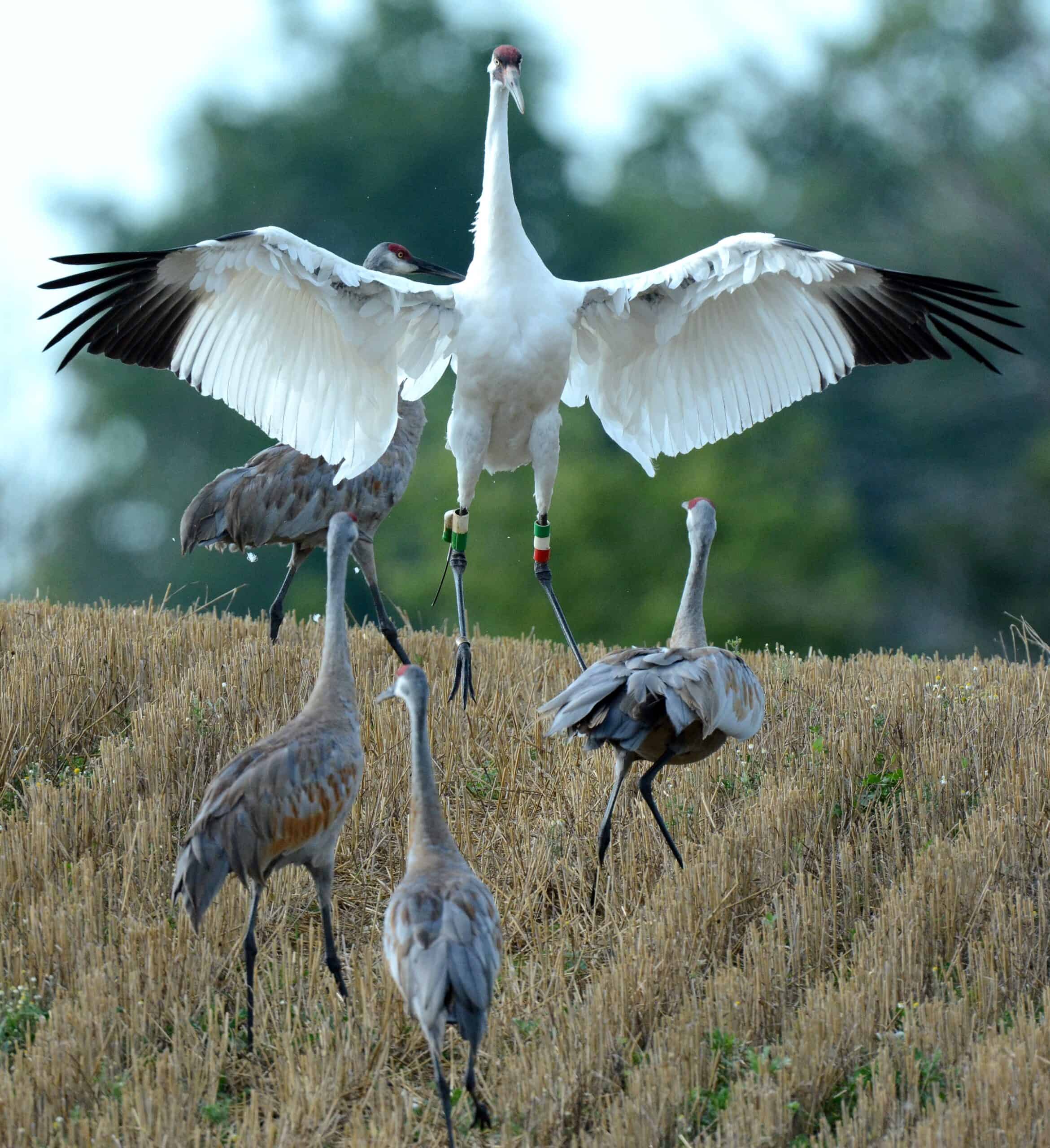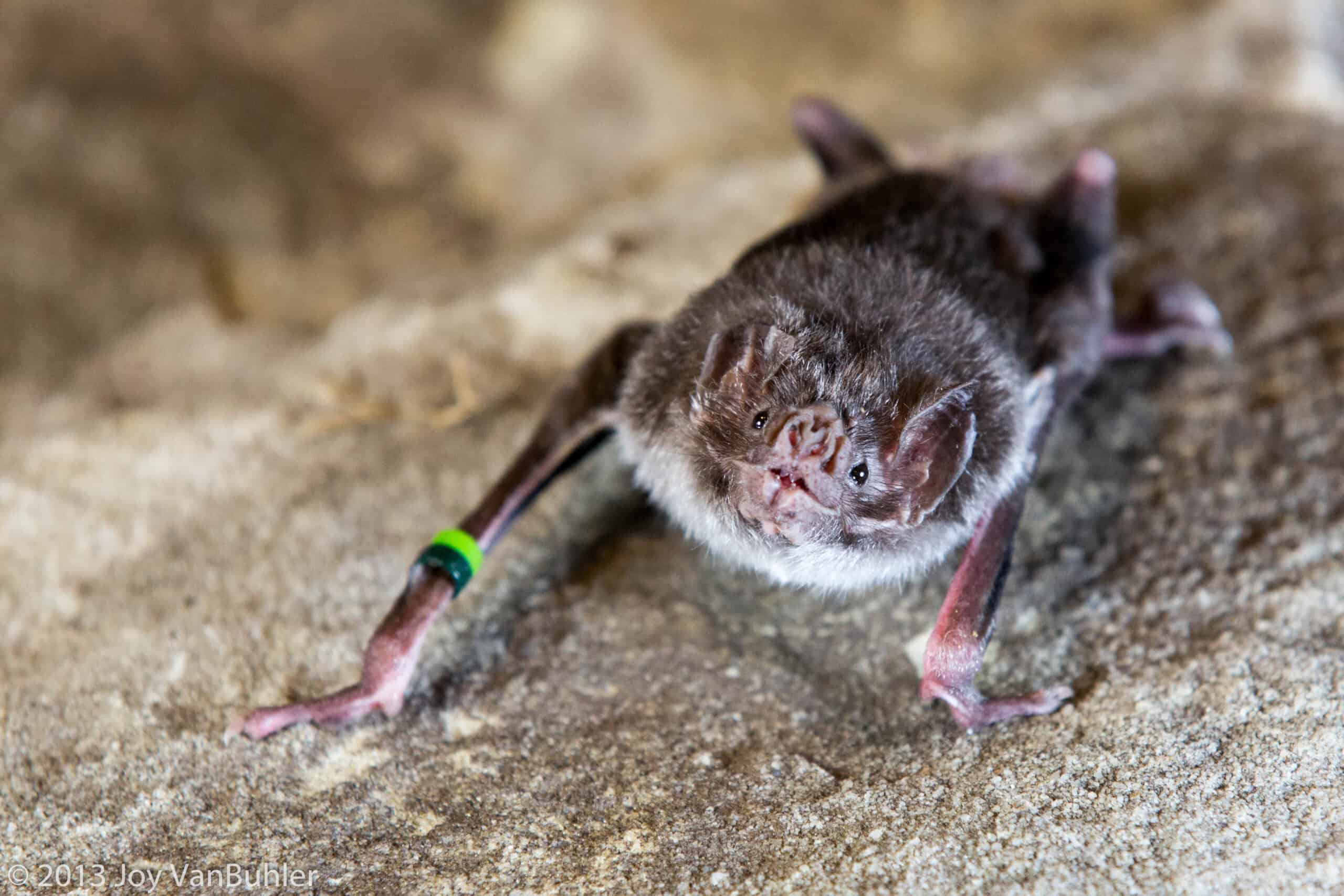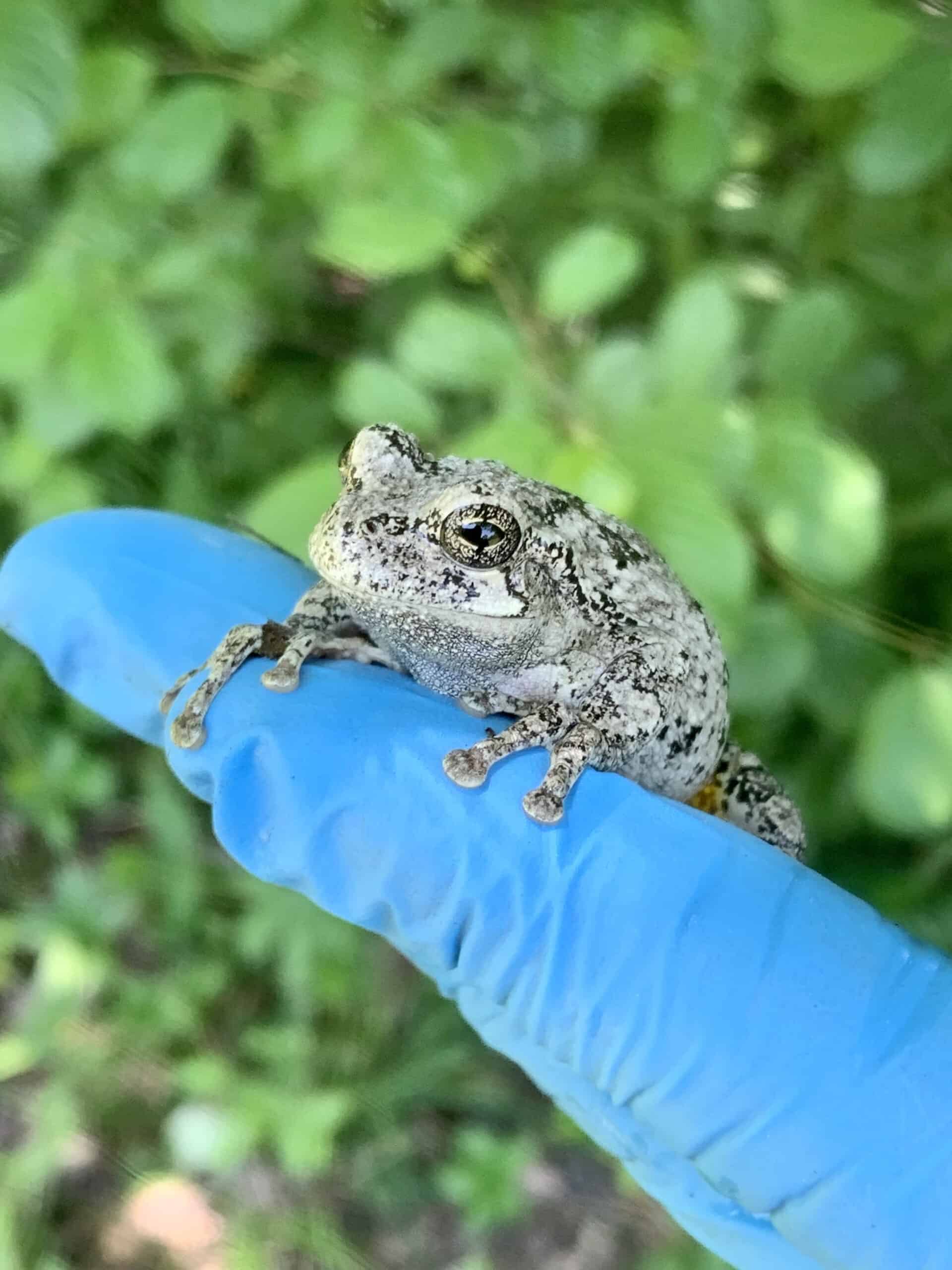Share this article
What would you use to trap a tegu?
Growing up to 4.5 feet in length, the invasive Argentine black and white tegu is the largest species of tegu lizard. It eats a variety of both plants and animals and has become a threat to many native species in Florida, including the gopher tortoise and Florida burrowing owl. Tegus were introduced through the pet trade and now populate south and west-central Florida from accidental and intentional releases.
To help state wildlife officials in their tegu control efforts, NWRC researchers at the Florida field station evaluated the responses of 12 wild-caught captive tegus to several alternative live trap and bait combinations. The trap/bait combinations included the following:
| Trap Types | Bait Types |
| -Commercial live-traps: Havahart® and Tomahawk®
-102 cm/40 inch PVC pipe trap
|
-Chicken egg (traditional lure)
-Melon-oil scent (cantaloupe fragrance) -Commercial trapper lure My-T Mouse Blackie’s Blend -No bait |
Each trial was video-recorded and reviewed to document how long it took the lizards to enter the traps and any other important behaviors. Results found no significant difference between the alternative trap/bait combinations and their effectiveness. Tegus are willing to enter traps of various shapes and sizes baited with lures other than eggs. However, researchers note that PVC traps are less expensive than commercial traps and could be deployed in greater numbers to maximize capture rates. For more information, please contact Michael Avery.
Header Image: ©Wildlife Services



